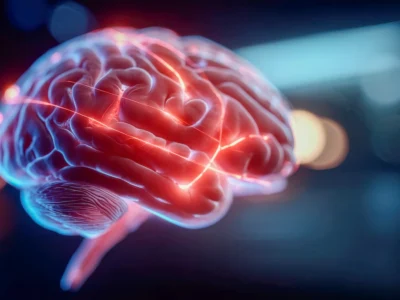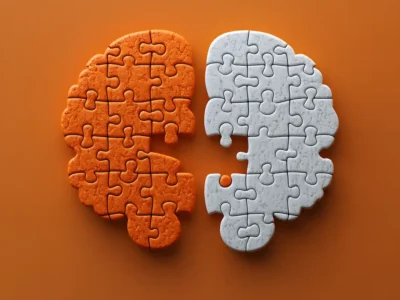The importance of decision-making lies in that it is one of the cognitive processes most complex that human beings have to face. From the moment we get up until we go to bed, we make countless choices and decisions, many unconsciously and others consciously.
The problem is that every decision involves one or more losses, so managing our decision-making efficiently is vital for our adaptation to different situations and the achievement of our goals.
Decision-making requires the use of our reasoning and understanding abilities, with analytical capacity being essential when choosing the best option.
Types of decision-making
Most of our decision-making is conditioned by various factors, some imperceptible to us. Theory advocates decision-making from a rational point of view, but it is not always easy to set emotions aside. Daniel Kahneman, a psychologist who received the Nobel Prize, states that there are two pathways in decision-making:
System 1 or implicit: emotional decision-making
Not all decisions in our lives are so easy to rationalize and weigh. In fact, most of the time we face dilemmas that carry a great emotional weight, which complicates making the decision and can cause stress or procrastination in making the decision.
This system is basically emotional and unconscious.
System 2 or explicit: reasoning-based decision-making
In this case we use our analytical intelligence, weighing pros and cons in a selective and efficient way. It is a logical and calculating system.
The affect heuristic in decision-making
As we well know, human beings are not machines. Even so, we use mental circuits unconsciously; it is a kind of “fast track” for decision-making.
The affect heuristic consists of the valences (positive or negative) that we unconsciously assign to the stimuli about which we have to make a decision. Shaffir (1993) concluded after his research that the more positive value we assign to the stimulus, the more we focus on the benefits and minimize the risks that decision-making entails.
Similarly, when the stimulus has a negative valence, we tend to set aside the benefits and focus on the possible losses that the decision entails. This cognitive bias must be taken into account, as it can often determine our final decision in the decision-making process.
Step-by-step decision-making
Facing a decision forces us to confront our own fear, failure, and making mistakes. That is why this series of steps aims to make decision-making easier for you. And not making decisions is, in itself, a decision.
- Choose and think about the type of decision: Evaluate it and define it as concretely as possible. Take your time.
- Generate alternatives: During this step do not judge them; limit yourself to generating all possible options. Open your mind.
- Analyze the pros and cons: Right Now yes, in this step we assess the positives and negatives of each proposed alternative.
- Identify the best alternative: After having weighed analytically and emotionally the benefits and risks of all the alternatives, we will select the one that best suits our objective or decision, defined in step 1.
- Act accordingly and carry it out: In this final step we will develop the action plan, and put it into motion.
Techniques that can help you with decision-making
Inverse hope technique
This technique is very effective when we are facing a mental block, feeling unable to choose a path. The inverse hope suggests analyzing the problem from another point of view. If thinking about the consequences of choosing an option overwhelms us… why don’t we think about the consequences of not choosing it? What would happen in my life if I choose not to take it?
10-10-10 technique
It consists, quite simply, of asking yourself these three questions:
- What will be the consequences of my decision in 10 minutes?
- And in 10 months?
- And in 10 years?
Putting time into perspective is a very efficient strategy when making decisions, as it allows not only feelings to choose the decision, but by distancing ourselves from the dilemma, we can focus on our priorities for the future.
Third-person technique
It is as simple as framing the problem as a third person would, someone who is unrelated to the dilemma. Research published in Psychological Science highlights that we give better advice and are wiser when we reason about someone else’s problem rather than our own. As the popular saying goes… “I sell advice, but have none for myself”
That is, our ability to reason more wisely could increase if we distance ourselves from our problems and consider them as the problems of a family member or friend. And, remember: learning to make decisions is vital to avoid being a victim of circumstances.
If you liked this article on decision-making from a psychological point of view, you might also be interested in:
“This article has been translated. Link to the original article in Spanish:”
La toma de decisiones desde el punto de vista psicológico







 Working memory and short-term memory: definition and differences
Working memory and short-term memory: definition and differences
Leave a Reply